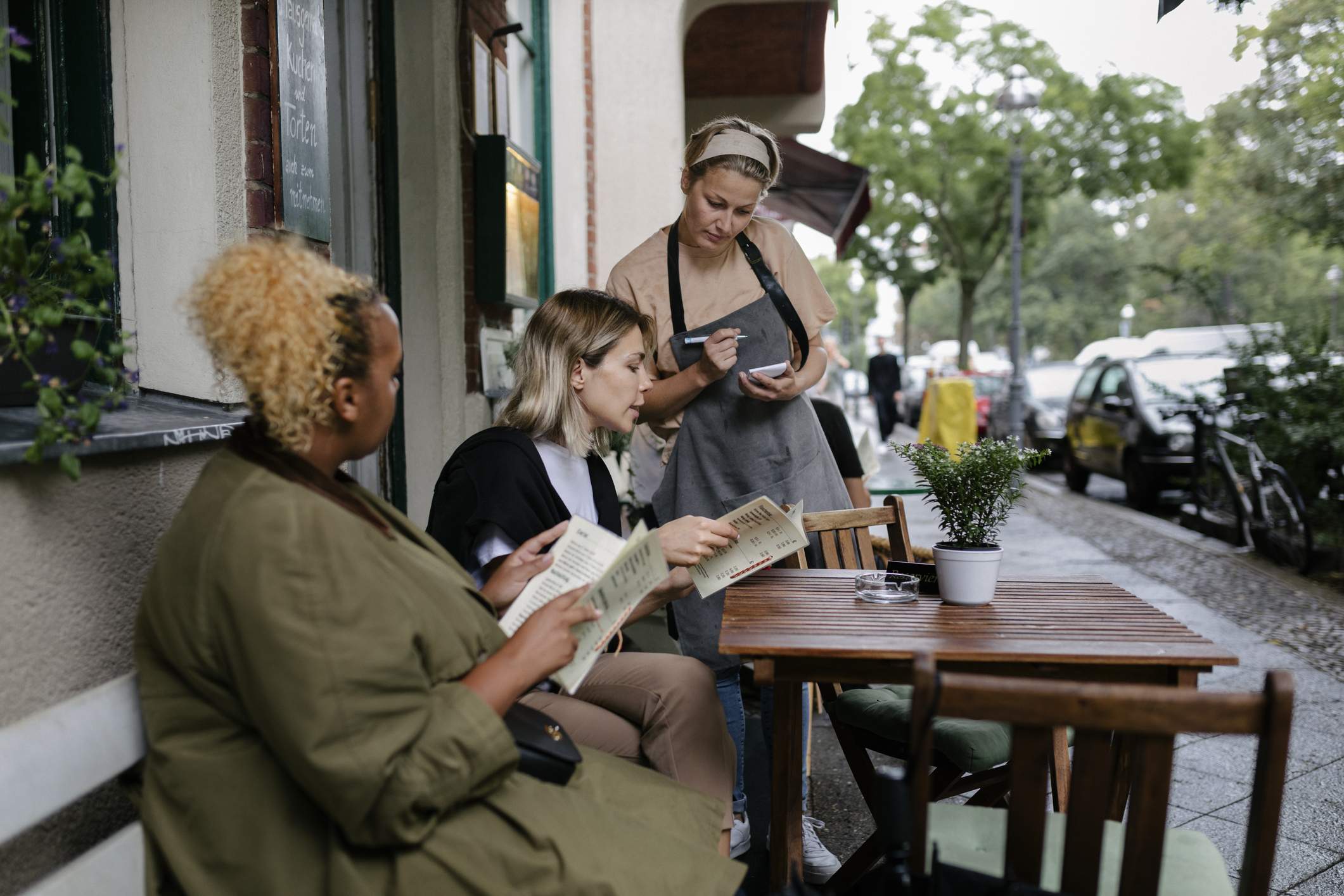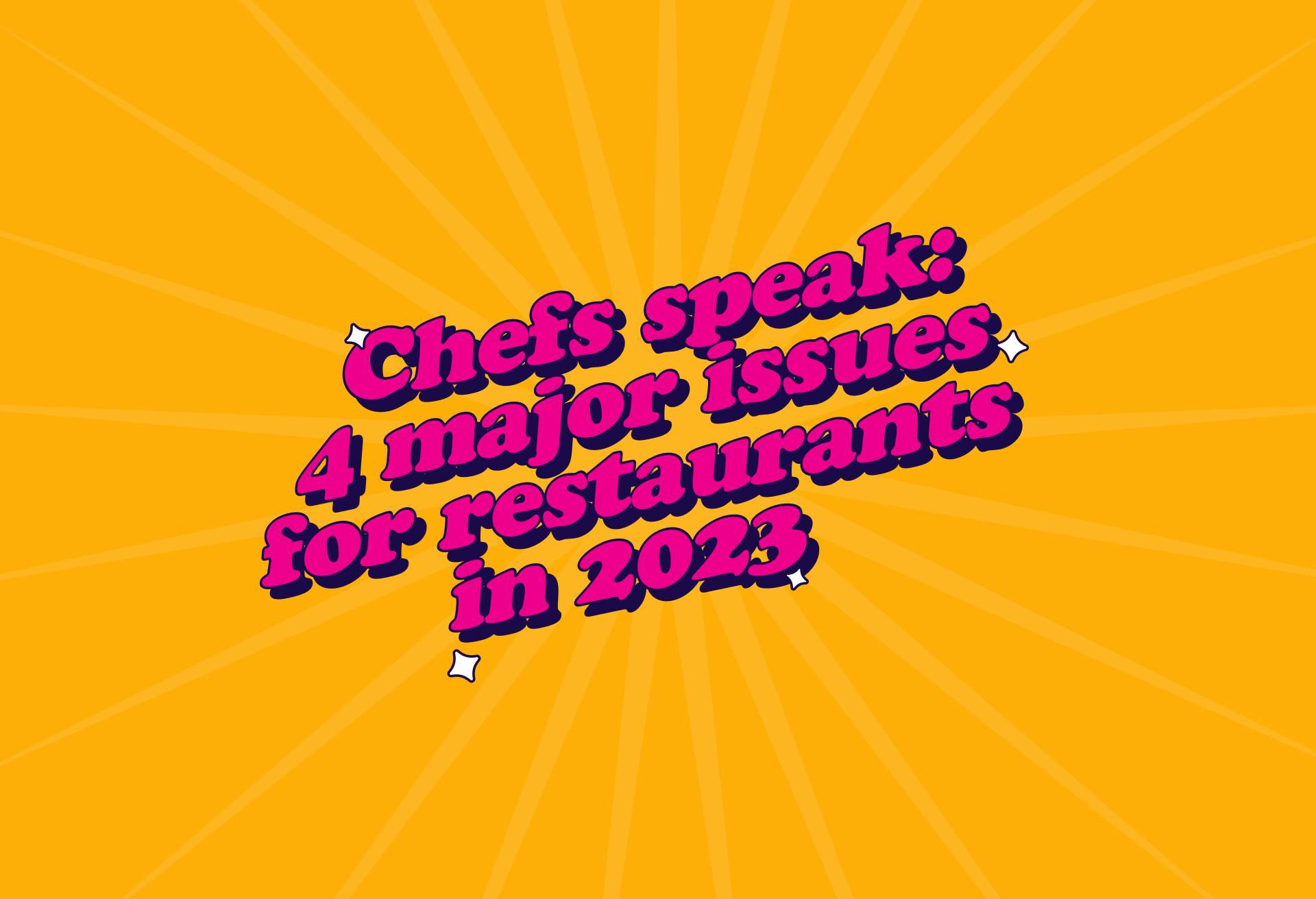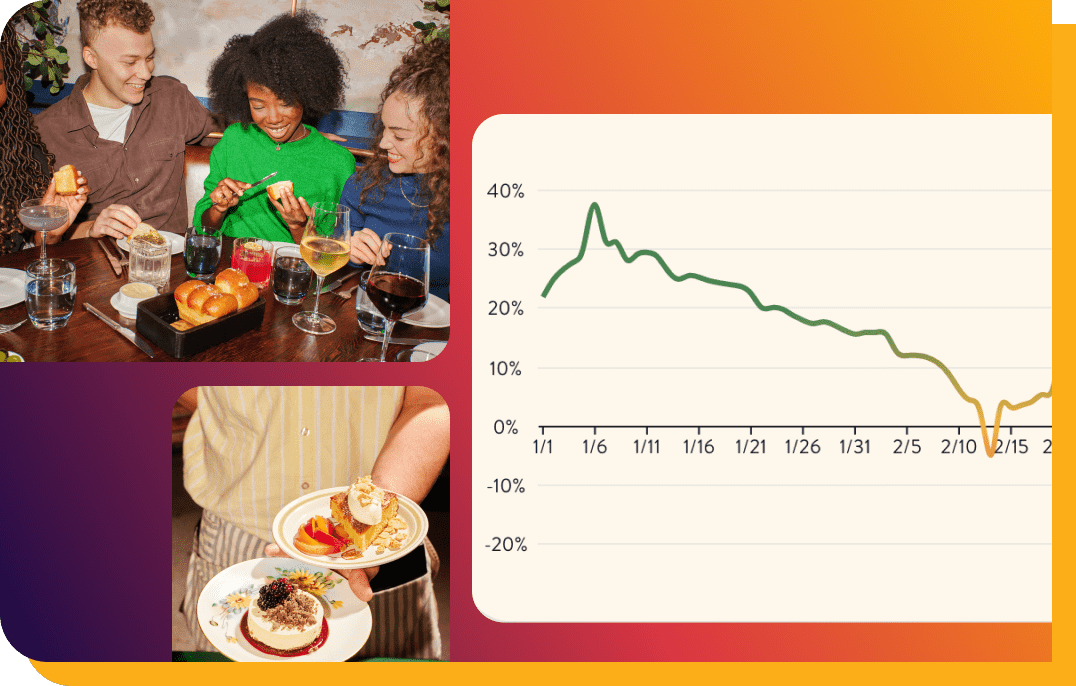While the first months of the year are traditionally slower for restaurants, this year chefs and owners have a lot on their minds. Everything they’ve been through these past few years has affected the way they think about their restaurants and the entire industry. The biggest issues that are top of mind for many chefs right now are the labor crisis, making menu changes that reflect the new normal, finding the right restaurant technology, and deciding which pandemic pivots are now permanent.
Read on for thoughts from three leading chefs on these pressing issues.
Ongoing staffing shortage
The biggest issue on almost every restaurateur’s mind heading into 2023 is the same as last year: staffing. The historic staffing crisis marches on, but many chefs and restaurants have gotten better at dealing with it, offering the same level of hospitality as they did in more fully staffed times.
Philadelphia-based chef and restaurateur Jose Garces, owner of Garces Group, is still looking for great new talent in spite of losing several restaurants during the pandemic.
“We continue to experience issues with staffing, leading us to cut our hours to ensure that while we were open, we’d be able to turn out the level of service and culinary excellence that our guests deserve and expect,” says Garces.
Though he does see a light at the end of the tunnel. “As we’re able to rebuild our staffing levels, we’ve started to expand our hours and are almost back to pre-COVID operating hours,” he says.
Iliana de la Vega, co-owner and executive chef of El Naranjo in Austin, agrees that being less than fully staffed is no reason to let standards slide.
“A restaurant is defined by good quality flavorful food, great service, and good ambiance. I am still looking to achieve all those good qualities, and do not settle for less. It is hard right now because of staffing shortage, but we must try to achieve those goals,” she says.

Menus that meet reality
Menus all over the industry have morphed the past few years. With fewer cooks in the kitchen, sprawling menus with dozens of complicated dishes became untenable for many places. Add the stress of rising prices and food shipping snags, and the need to simplify menus became even more pronounced.
“We took a look at our menus and did a lot of streamlining to help weather the worst shocks of supply chain issues,” says Garces. Many restaurants across the country have similarly pared down menus over the past year.
Pricing became a flashpoint as well. Guests and restaurants alike felt the pinch of inflation. Menu prices rose by 8.5% between November 2021 and November 2022, according to the National Restaurant Association.
“We don’t escalate prices with no reason, but at some point we just have to raise some of the prices as the costs are increasing exponentially,” says de la Vega.
She also constantly surveys her menu to make it smart and sustainable. “We are always looking to find ways in which there will be less waste. We recycle and compost. There is so much waste in restaurants for no reason. I am always very conscious and try my best to protect our environment and our world. A mindful menu is essential to achieve it,” says de la Vega.

The balance between high tech and high touch
It’s been a big few years for restaurant technology, but now that the pressures of the pandemic have decreased, restaurant owners are figuring out which innovations to keep and which to retire. Gaby Maeda, executive chef at State Bird Provisions in San Francisco, found QR codes useful during the pandemic.
The restaurant has since returned to paper menus. “We want to provide people with a tangible menu, something they can hold onto during the meal as reference. Getting sat with a menu, followed by water and a welcome greet from the server feels like a restaurant ritual. It’s comforting and reminds us of our lives before the pandemic,” Maeda says.
At the other end of the spectrum, Jose Garces is investing in bespoke technology to grow at least two of his restaurant concepts going forward. “We’re launching two mobile apps in the next 2 to 3 months, one for Buena Onda and one for Garces Trading Company,” he says.
Passing pivots, permanent pivots
2023 may be the year when it becomes clear which of the recent changes to the industry were fleeting and which are now permanent. Whether the current delivery boom will continue or robots will be a welcome sight in kitchens and dining rooms remains to be seen. But there is at least one major change that isn’t going anywhere: the massive expansion of streeteries and outdoor dining.
“We have a patio that we opened up during the pandemic as a temporary setting, but many people loved it, so it’s staying,” says de la Vega.
Want even more insights from leading chefs? Read how 5 leading chefs tackle the industry’s biggest challenges.




